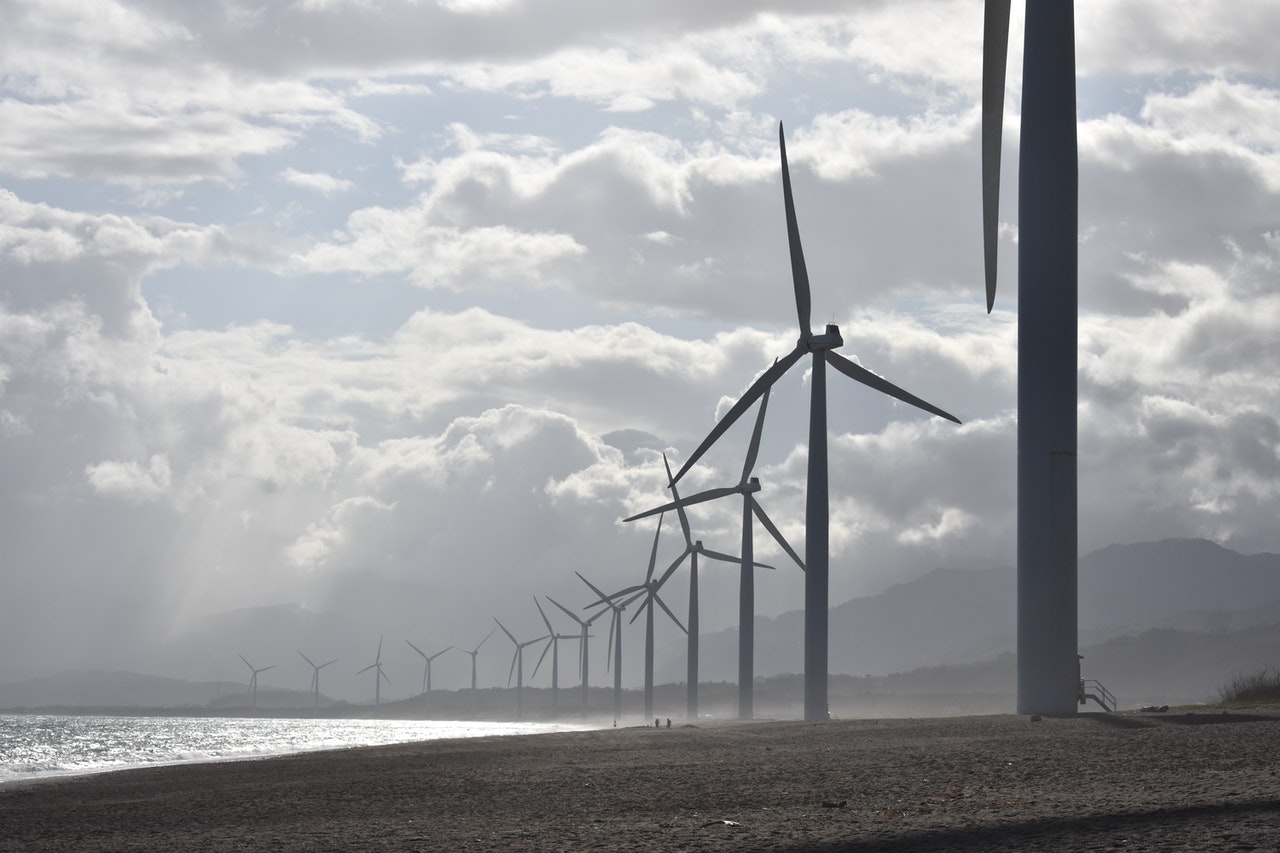According to the Federal Energy Regulatory Commission (FERC), in the first half of 2022, wind and solar farms accounted for 67% of the commissioned new generating capacity in the United States. They generated 9,617 MW of new generation out of 14,352 MW on a utility scale.
In addition to windmills and solar panels, American companies have turned their attention to other renewable energy sources: geothermal, hydropower, and biomass. These systems provided 26 MW, 7 MW, and 5 MW, respectively.
The remaining 4,695 MW and 5 MW came from fossil resources – natural gas and oil. At the same time, not a single new nuclear or coal project was registered in the United States.
Thus, the share of clean energy in the public generating capacity of the United States increased to 26.74% – the same percentage of renewable energy is now received by American consumers and industrial enterprises, Electrek reports. For comparison, clean energy generated 19.7% five years ago, and ten years ago – 14.76%.
“With each new report from FERC, the outlook for renewables, especially solar and wind, is getting brighter, while the outlook for natural gas, coal and nuclear continues to deteriorate. By the end of this decade, a combination of renewable energy sources should account for the largest share of the country’s generating capacity,” said Ken Bossong, executive director of SUN DAY Campaign.
With solar power generating 74,530 MW in the US right now, analysts are predicting a tripling in generation capacity. According to the FERC report, private companies will deploy up to 192.5 GW of new solar capacity over the next three to four years. Wind power will also develop accelerated – it will grow to 70.3 GW by June 2025.
Earlier this month, the California Energy Commission (CEC) set one of the most ambitious goals in offshore wind power – local authorities decided that the state will generate up to 25 GW of energy using wind turbines by 2045. If this goal is achieved, about 25 million homes in California will run exclusively on renewable energy by mid-century.

